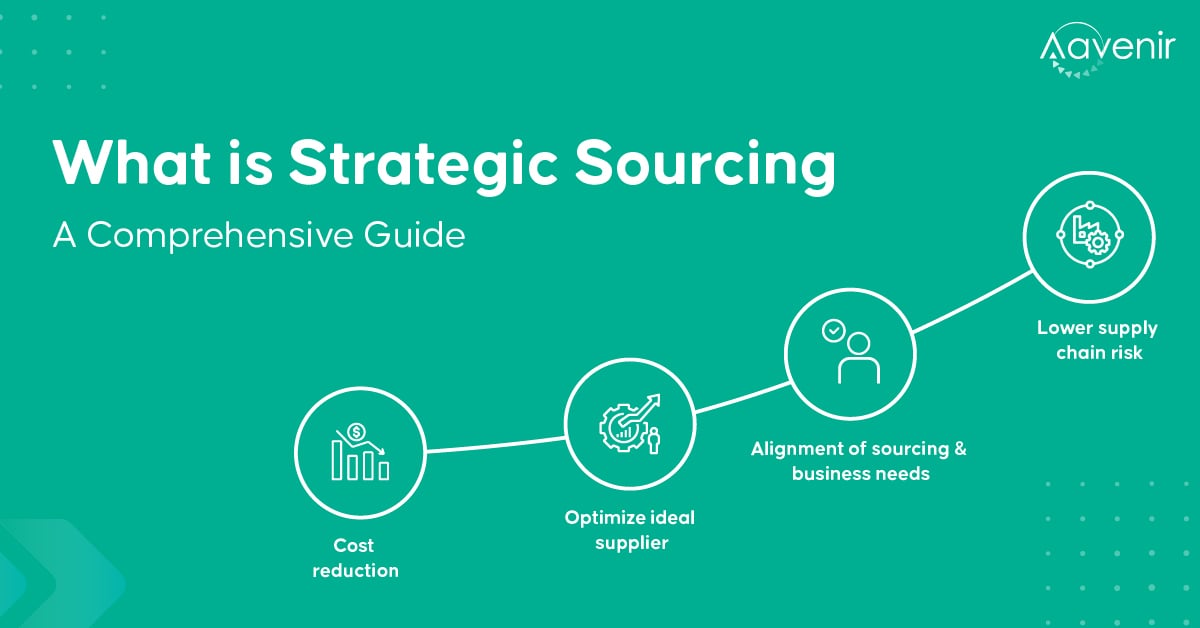Strategic Decisions for Business Continuity in Healthcare and Life Sciences Supply Chains (Part 1 of 4)

**Strategic Decisions for Business Continuity in Healthcare and Life Sciences Supply Chains (Part 1 of 4)**
In the rapidly evolving landscape of healthcare and life sciences, ensuring business continuity is paramount. The supply chains in these sectors are complex, involving the production, distribution, and delivery of critical products and services. Disruptions can have severe consequences, affecting patient care and operational efficiency. This article, the first in a four-part series, explores strategic decisions essential for maintaining business continuity in healthcare and life sciences supply chains.
**Understanding the Supply Chain Landscape**
The healthcare and life sciences supply chains encompass a wide range of products, from pharmaceuticals and medical devices to laboratory supplies and personal protective equipment. These supply chains are characterized by their global reach, regulatory complexities, and the need for precision and reliability. Strategic decisions in this context must address these unique challenges while ensuring resilience and adaptability.
**1. Risk Assessment and Management**
A fundamental strategic decision involves conducting comprehensive risk assessments. Identifying potential vulnerabilities in the supply chain is crucial. This includes evaluating risks related to suppliers, transportation, geopolitical factors, and regulatory changes. Once risks are identified, developing a robust risk management plan is essential. This plan should include strategies for risk mitigation, such as diversifying suppliers, increasing inventory levels, and establishing contingency plans for critical components.
**2. Supplier Relationship Management**
Building strong relationships with suppliers is a strategic priority. This involves selecting reliable partners who can meet quality standards and delivery timelines. Collaborative relationships with suppliers can lead to better communication, increased transparency, and improved problem-solving capabilities. Establishing long-term contracts and performance metrics can further enhance supplier reliability and accountability.
**3. Technology Integration**
Leveraging technology is a key strategic decision for enhancing supply chain resilience. Implementing advanced technologies such as blockchain, artificial intelligence, and Internet of Things (IoT) can improve visibility, traceability, and decision-making processes. These technologies enable real-time monitoring of supply chain activities, allowing for proactive responses to disruptions and enhanced coordination among stakeholders.
**4. Regulatory Compliance and Adaptability**
Navigating the regulatory landscape is a critical aspect of supply chain strategy in healthcare and life sciences. Ensuring compliance with international, national, and local regulations is non-negotiable. Strategic decisions should focus on maintaining flexibility to adapt to regulatory changes swiftly. This may involve investing in compliance management systems and staying informed about evolving regulatory requirements.
**5. Inventory Management and Demand Forecasting**
Effective inventory management is vital for business continuity. Strategic decisions should aim to balance inventory levels to avoid shortages or overstocking. Implementing demand forecasting tools can help predict fluctuations in demand and adjust inventory accordingly. This ensures that critical products are available when needed, minimizing the risk of supply chain disruptions.
**Conclusion**
Strategic decisions in healthcare and life sciences supply chains are crucial for ensuring business continuity. By focusing on risk management, supplier relationships, technology integration, regulatory compliance, and inventory management, organizations can build resilient supply chains capable of withstanding disruptions. In the next installment of this series, we will delve deeper into specific technologies and innovations that are transforming supply chain resilience in these sectors.